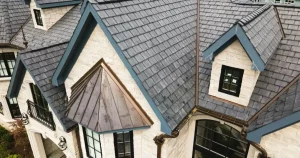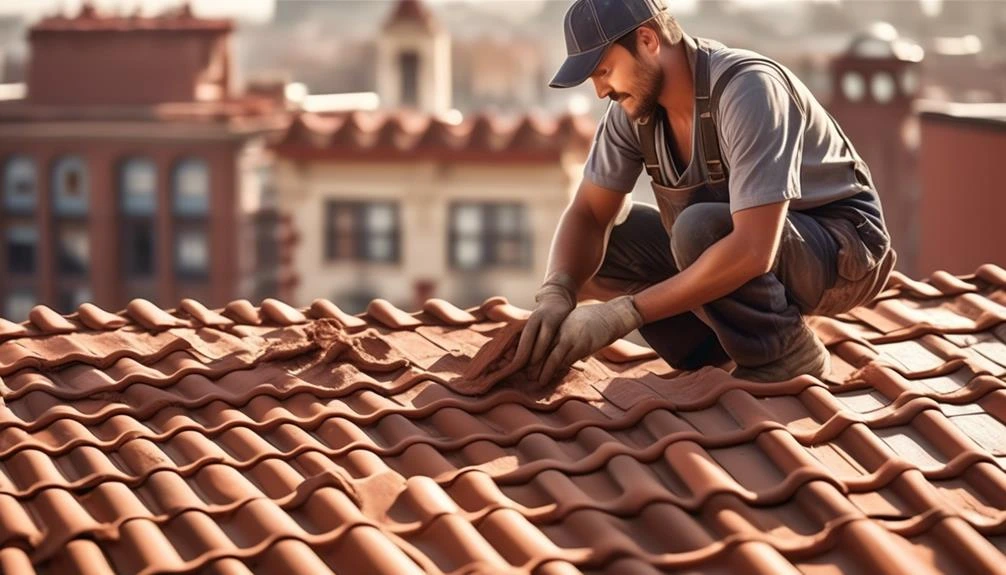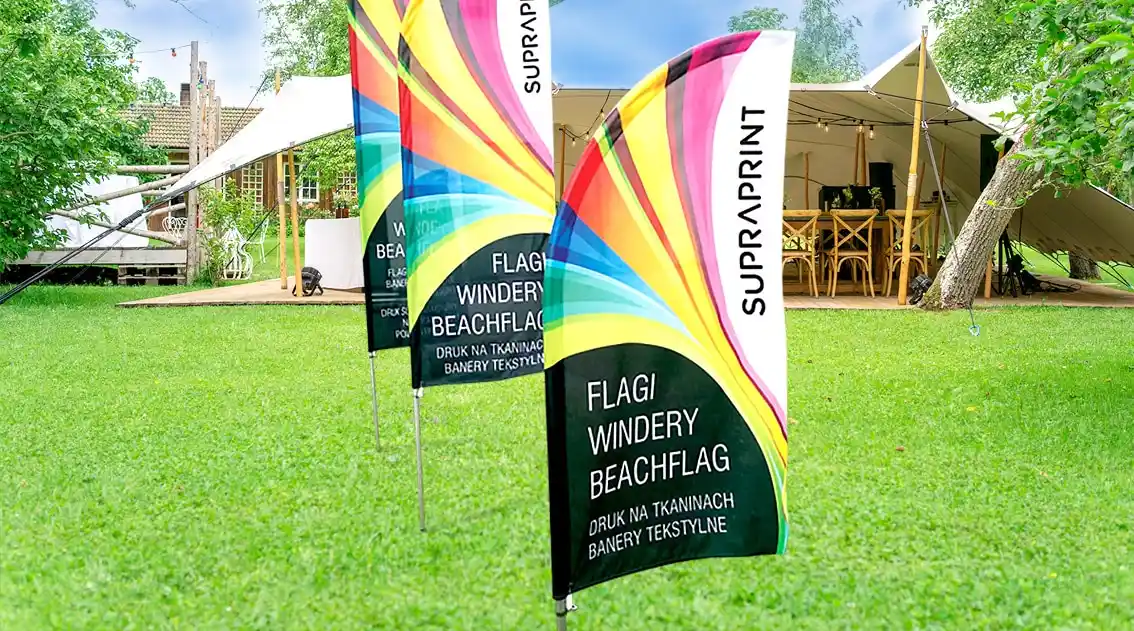Preserving historical building roofs reveals enduring sustainable architectural practices. These structures embody craftsmanship and environmental consciousness from past eras. Examining their resilience offers valuable lessons for shaping our present and future lifestyles. The influence of historical building roof preservation extends beyond aesthetics, highlighting a profound connection to sustainable living practices we strive to uphold.
Key Takeaways
- Showcases sustainable practices, inspiring eco-conscious choices.
- Demonstrates longevity of traditional materials, promoting heritage preservation.
- Encourages understanding of passive design strategies for energy efficiency.
- Inspires the use of locally sourced materials for eco-friendly construction.
- Influences modern architects and builders towards sustainable design.
Importance of Sustainable Roofing
Sustainable roofing options play an essential role in preserving historical buildings. They also influence modern lifestyle choices through their long-term environmental benefits and cost-effectiveness. These eco-friendly materials, such as green roofs or solar panels, reduce energy consumption and contribute to healthier indoor environments.

Historical Buildings as Sustainable Examples
Historical buildings, renowned for their architectural significance and storied past, serve as compelling examples of sustainable practices in construction and preservation. From the use of locally sourced materials to passive design strategies that maximize natural light and ventilation, these structures showcase how sustainable methods can result in long-lasting and environmentally friendly buildings. Their timeless beauty and functionality continue to inspire modern architects and builders seeking to create sustainable living spaces.
Impact on Modern Environmental Awareness
The preservation of historical building roofs has played a pivotal role in fostering a deeper understanding and appreciation for environmentally conscious practices in contemporary society. By showcasing the longevity and sustainability of traditional roofing materials and construction techniques, these historical buildings serve as powerful examples of how eco-friendly choices can positively impact the environment. This influence has led to increased modern environmental awareness and a shift towards more sustainable lifestyle choices.
Economic Benefits of Sustainable Roofing
Amidst the current landscape of urban development and construction trends, the adoption of sustainable roofing options presents a compelling case for substantial economic benefits. With reduced energy costs, increased property value, and lower maintenance expenses, sustainable roofing not only provides long-term financial savings but also contributes to a more efficient use of resources. These economic advantages make sustainable roofing a wise investment for both individuals and businesses.
Implementing Sustainable Roofing Solutions
Implementing sustainable roofing solutions requires a strategic approach that integrates eco-friendly materials and innovative technologies for long-term environmental impact. By utilizing materials such as recycled metal, solar panels, or green roofs, buildings can reduce energy consumption and lower carbon footprints. Embracing sustainable roofing not only benefits the environment but also aligns with the growing societal focus on eco-conscious living, fostering a sense of belonging to a greener community.
Frequently Asked Questions
Can Sustainable Roofing Options Help Reduce Energy Consumption in Modern Buildings?
Sustainable roofing options play an important role in reducing energy consumption in modern buildings. By utilizing materials that enhance insulation and incorporate energy-efficient technologies, such as solar panels, buildings can greatly lower their environmental impact and operating costs.
How Can Historical Building Roof Preservation Inspire Eco-Friendly Lifestyle Choices?
Historical building roof preservation serves as proof of sustainable practices of the past, inspiring eco-friendly lifestyle choices. By embracing traditional roofing methods, individuals can reduce their environmental impact and contribute to a more sustainable future.
Are There Any Health Benefits Associated With Sustainable Roofing Materials?
Sustainable roofing materials offer health benefits by improving indoor air quality, reducing heat absorption, and minimizing exposure to harmful chemicals. These materials can decrease respiratory issues, enhance comfort, and contribute to overall well-being in modern living spaces.
What Role Do Historical Buildings Play in Promoting Sustainable Living Practices?
Historical buildings serve as tangible examples of sustainable living practices, showcasing traditional construction techniques and materials that have stood the test of time. By preserving these structures, we can draw inspiration for modern sustainable lifestyle choices.
Can Sustainable Roofing Solutions Contribute to Reducing Carbon Footprint in Cities?
Sustainable roofing solutions can diminishly reduce the carbon footprint in cities by implementing green roofs, solar panels, and cool roofs. These innovations not only decrease energy consumption but also mitigate urban heat island effects, promoting environmental sustainability.
Conclusion
To sum up, the preservation of historical building roofs serves as a powerful catalyst for promoting sustainable practices in modern construction. By showcasing the eco-friendliness and longevity of traditional roofing methods, these buildings inspire architects and builders to prioritize environmentally-conscious design choices. This shift towards sustainable roofing solutions not only benefits the environment but also influences modern lifestyle choices by demonstrating the importance of utilizing locally sourced materials, passive design strategies, and maximizing natural resources.
Also Read: Benefits of Incorporating FEMA Guidelines For Home Renovations






